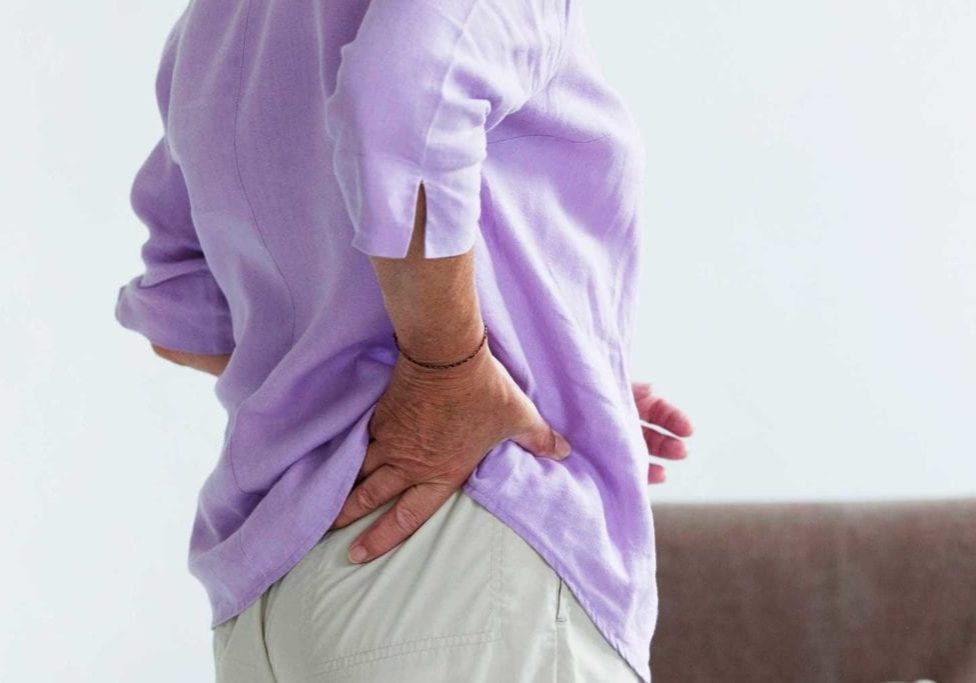If you have been living with pain on the outside of the hip that ‘flares up’ at night, when you get out of a chair or walk up steps, chances are you’ve been told that you have bursitis. It’s actually very unlikely that you do, as research tells us that the pain is ten times more likely to be due to an injury to the muscle in the side of the hip. The right diagnosis is important so that the correct treatment can be given and the pain relieved quickly.
What is lateral hip pain (gluteal tendinopathy)?
Gluteal tendinopathy is a breakdown in the tissues of the hip muscle where it attaches to the hard piece of bone in the side of the hip (greater trochanter). The muscles involved are the gluteus medius and minimis. These muscles are hip stabilisers that hold the hip in the right position when we stand, walk and run. The ends of these muscles insert onto the greater trochanter underneath the iliotibial band (ITB). If the ITB is short or tight it can compress the muscle fibres where they attach onto the bone causing fibre breakdown and pain.
What are the causes of lateral hip pain?
There are a range of causes of lateral hip pain. Problems with posture, flexibility, strength and asymmetry of the body are common causes. Natural body shape may contribute, in addition to poor biomechanics, incorrect footwear and incorrect training techniques or terrain. Osteoarthritis of the hip joint may also cause the muscle to tear in this region.
What are the symptoms and who is most likely to be affected?
Commonly, the symptoms include pain lying on one or either side, pain rising from a chair or from bed, pain on stairs or even pain from just sitting. Gluteal tendinopathy affects women 4 times more than men – particularly in their middle age.
How can your physio help?
Our physios are highly qualified and experienced in diagnosing and treating musculoskeletal conditions such as lateral hip pain. While it feels tempting to stretch these muscles by lying down and stretching the hip, it is likely to be aggravating the problem. Your physio will use a combination of hands-on treatment and exercises to address your pain. Exercises will commonly focus on reducing inflexibility and asymmetry, as well as on strengthening the deep hip and core muscles. Your physiotherapist will also make you aware of postures and positions that can cause compression and pain, and provide you with options to minimise these problems.

